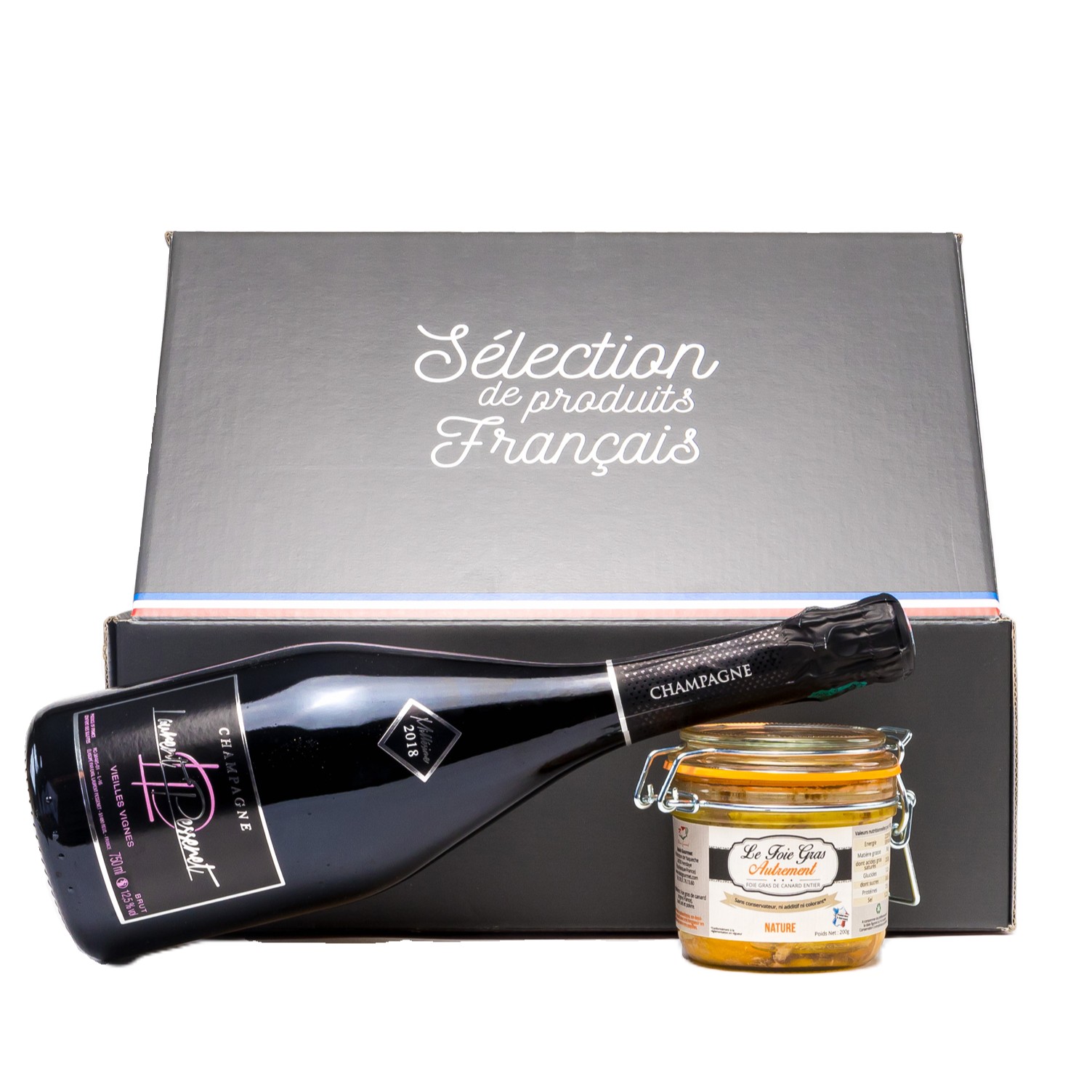

Turkey with chestnuts, foie gras, oysters, ice-cream or pastry logs, chocolate, fruit… Many foods return to the Christmas table every year. But why do we eat them during this period? What is the symbolism behind these Christmas staples?
As early as the Middle Ages, people were content with a meagre meal after midnight mass. Christmas Eve” was the traditional meal following midnight mass and, by extension, the festive and gourmet evening before 25 December. During this evening, several starters and hot or cold dishes were served. Today, even if Christmas remains the celebration of the birth of Christ, many French people skip the mass but certainly not the meal. The tradition remains… But why do we eat foie gras, seafood, turkey with chestnuts, logs… at Christmas?
The mystery is still total today. It seems that as early as 4500 years ago, Egyptians consumed foie gras. The Egyptians knew that migratory birds stored fat. Hieroglyphs from Saqqara show them force-feeding geese, but it is not clear what the purpose of this was. It was only in ancient Rome, under Julius Caesar, that the first written records of foie gras with figs appeared.
Long after the fall of the Roman Empire, the Jewish communities of Europe learned to master force-feeding and used the fat of geese and ducks to replace butter, which was too expensive, and lard, which was forbidden in kosher cooking because it was made from pork. Legend has it that in 1780 the cook of the Maréchal de Contades, Jean-Pierre Clause, developed a recipe which consisted of a round box-shaped crust which he stuffed with whole fatty livers and lined with veal and bacon stuffing. The success was unanimous and immediately the Marshal of Contades had a copy of this foie gras pate in a crust brought to Louis XVI.
In France, one of the most symbolic regions in terms of foie gras is the East, particularly Alsace, but also the South-West. And if foie gras is found on our tables at the time of the end of the year celebrations, perhaps it is because of its price, more expensive than what we usually eat. It is a luxurious, top-of-the-range product, which is therefore reserved for festive moments. Perhaps foie gras is simply served at Christmas because it is a product of the production season! For 8 out of 10 French people, foie gras is a must for the end of year celebrations.
Find more interesting facts about Foie Gras and the Basque Country on our Blog and tasty recipes in the Recipes section of our website!